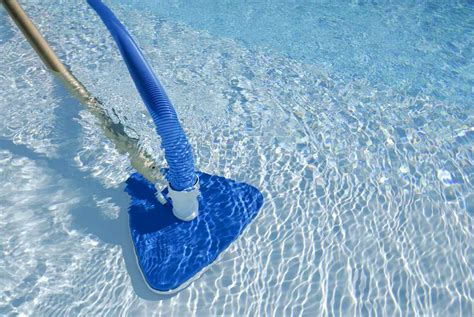Easy Pool Maintenance: The Power of Backwashing
Keeping your pool sparkling clean doesn't have to be a Herculean task. Regular maintenance is key, and one of the most effective—and often overlooked—techniques is backwashing. This simple process can significantly extend the life of your filter, improve water clarity, and save you time and money in the long run. Let's dive into the world of backwashing and discover how it can revolutionize your pool maintenance routine.
What is Backwashing?
Backwashing is the process of reversing the flow of water through your pool filter. Instead of water flowing from the pool, through the filter, and back into the pool, backwashing forces water in the opposite direction. This powerful reverse flow dislodges the dirt, debris, algae, and other contaminants trapped within the filter media (usually sand, glass, or cartridge). These impurities are then flushed away to waste, leaving your filter clean and ready to efficiently purify your pool water.
Why is Backwashing Important?
A clogged filter is a major problem for pool owners. It reduces the efficiency of your filtration system, leading to cloudy water, increased chemical consumption, and potential damage to your pump. Regular backwashing prevents these issues by:
- Extending filter lifespan: Removing trapped debris prevents the buildup of pressure that can damage the filter media.
- Improving water clarity: A clean filter ensures that your pool water is properly filtered, resulting in clear, sparkling water.
- Reducing chemical usage: Efficient filtration reduces the need for excessive chemicals to maintain proper water balance.
- Preventing pump damage: A clogged filter forces your pump to work harder, potentially leading to overheating and premature failure.
How Often Should I Backwash My Pool Filter?
The frequency of backwashing depends on several factors, including:
- Filter type: Sand filters generally require backwashing more frequently than cartridge filters.
- Pool usage: Heavier pool usage means more debris entering the filter, necessitating more frequent backwashing.
- Weather conditions: Heavy rain or windy conditions can introduce more debris into the pool, increasing the need for backwashing.
As a general rule of thumb, you should monitor your filter pressure gauge. When the pressure rises by 7-10 PSI above the clean pressure (this baseline is established when the filter is new and clean), it's time to backwash. For many pools, this translates to backwashing once a week, but some may need it more or less frequently. Always consult your filter's manual for specific recommendations.
How Do I Backwash My Pool Filter?
The exact steps for backwashing vary slightly depending on your filter type, but the general process is as follows:
- Turn off the pump. Safety first!
- Turn the multiport valve to the "backwash" position. This diverts the water flow.
- Turn the pump back on. Observe the water exiting the waste line; it should be cloudy at first, then gradually clear.
- Backwash for the recommended time. This is usually between 2-5 minutes, depending on your filter and the level of clogging. Your filter manual will specify the optimal time.
- Turn the pump off.
- Turn the multiport valve to the "rinse" position. This cleans out any remaining debris.
- Turn the pump back on for a short period (typically 15-30 seconds).
- Turn the pump off and switch the multiport valve back to the "filter" position.
What if I Don't Backwash Regularly?
Neglecting to backwash your pool filter can lead to a range of problems, including:
- Cloudy or green water: Inefficient filtration allows algae and other contaminants to thrive.
- Increased chemical costs: You'll need more chemicals to compensate for the poor filtration.
- Filter damage: Excessive pressure buildup can damage the filter media and the filter itself, requiring costly repairs or replacement.
- Pump failure: The strain on the pump can lead to premature wear and tear.
Troubleshooting Backwashing Issues
My water still looks cloudy after backwashing: This could indicate that your filter media needs replacing or that your filter is severely clogged. Consider a more thorough cleaning or filter replacement.
My pressure gauge isn't working: A faulty pressure gauge can make it difficult to determine when to backwash. Have it checked or replaced by a pool professional.
Backwashing takes too long: Excessive backwashing time suggests a significant clogging issue and may require professional attention or filter cleaning/replacement.
By understanding and embracing the power of backwashing, you can easily maintain a sparkling clean and healthy pool with minimal effort. Remember to consult your pool filter's manual for specific instructions and recommendations. Happy swimming!

